-
Posts
3,517 -
Joined
-
Last visited
-
Days Won
27
Content Type
Profiles
Forums
Blogs
Gallery
Events
Store
Posts posted by bigjarofwasps
-
-
Hi Guys,
Does anyone know, how many Gold Francs, were minted by the Swiss in 1947-49?
I wonder if this is where some of the Nazi Gold went?
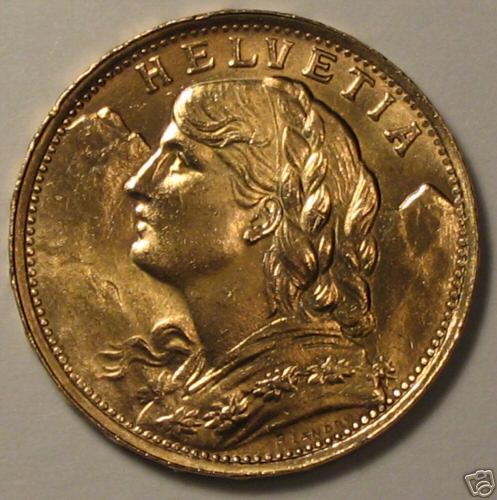
 0
0 -
I wonder???

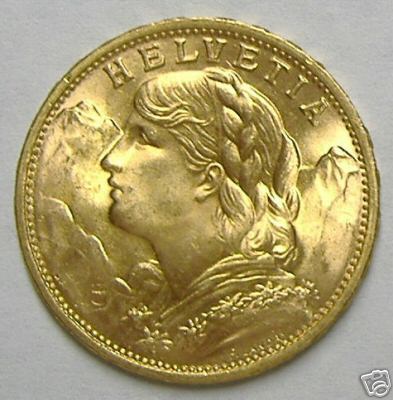



 0
0 -
The death of a British soldier in a roadside bomb attack near Ad Dayr in southern Iraq on 15 April, has brought the number of UK troops killed during operations in the country to 104.
Lieutenant Richard Palmer, of the Royal Scots Dragoon Guards, died after the vehicle he was commanding was caught in a roadside explosion near Ad Dayr, north-west of Basra, on 15 April.
Lt Palmer, 27, from Ware, Hertfordshire, was "widely regarded by soldier and officer alike as a star of the future," said his commanding officer, Lieutenant Colonel Ben Edwards.
0 -
byf,
Is this the type of Nazi Gold bar you saw?

 0
0 -
In a salt mine in Merkers, Germany in 1945, the 90th Division, U.S. Third Army, discovered Reichsbank wealth, SS loot, and paintings from Berlin
When the Americans discovered the Merkers mine treasure in 1945, a partial inventory revealed:
8,198 bars of gold bullion
55 boxes of crated gold bullion
hundreds of bags of gold items
over 1,300 bags of gold Reichsmarks, British gold pounds, and French gold francs
711 bags of American twenty-dollar gold pieces
hundreds of bags of gold and silver coins
hundreds of bags of foreign currency
9 bags of valuable coins
2,380 bags and 1,300 boxes of Reichsmarks (2.76 billion Reichsmarks)
20 silver bars
40 bags containing silver bars
63 boxes and 55 bags of silver plate
1 bag containing six platinum bars
110 bags from various countries

 0
0 -
The Gold Train included everything from silverware and watches to "wedding rings and gold teeth with human blood on them," Zweig writes. The material was from hundreds of thousands of Hungarian Jews rounded up by the SS and Hungarian fascists in the spring of 1944.
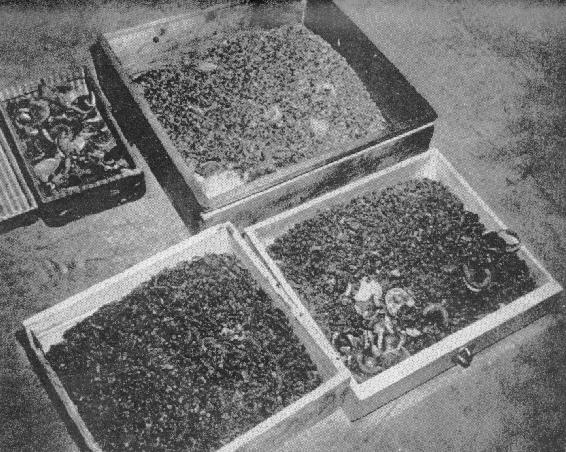
 0
0 -
Nazi Gold
Soon after the out break of the war the German national gold reserves, already substantially increased by the acquisition of Austrian gold holdings following the Auchluss, were significantly augmented by forcible acquisitions from abroad. The Nazi’s took $2,596,608 of gold from the gold reserves of the Czech National Bank and ?32,200,000 from the National Bank of Hungary. They looted part of the gold reserves of Albania, Holland the USSR and other countries overrun of the victorious Wehrmacht, and after the conquest of France they stole $225,900,000 worth of gold, comprising part of the Belgian national gold reserves, which was deposited in the Banque de France for safekeeping, by the Belgian government. The Belgian gold was taken to the Reichsbank in Berlin and resmelted. Each bar was stamped with the letters RB for Reichsbank, the German eagle, the retrospective date 1938, and its weight to three points of the decimal.
Later, when the Germans were forced to withdraw from Southern Italy in the face of the advancing Anglo-American forces, they took with them $100,000,000 in Italian gold, which also ended up in the Reichsbank`s reserves.
At the height of the Nazi conquest of Europe the gold reserves held by the Reichsbank were estimated to total as much as $772,636,253. By today’s values the equivalent of $6,490,144,525 much of it looted from subject nations of Europe.
Following US air raids on Berlin in early Feb 1945, over $200,000,000 worth of gold reserves, were moved from Berlin, to the Kaiseroda Mine. Weighing around 100 tons, it needed 13 railway flat cars to transport it and took 72 hours to unload and transfer them to twenty 10 ton trucks.
0 -
-
EVC NH-39A ( Double Sided)
1ST EDITION OCTOBER 1990 / IRAQ, KUWAIT, IRAN
(DISTRIBUTED LIMITED TO AGENCIES WITHIN THE EXECUTIVE BRANCH)
THIS MAP, UNLIKE OTHERS FROM A SERIES OF TWELVE THAT COVER DIFFERENT AREAS OF IRAQ, COVERS THE EXACT AREA OF OPERATIONS COVERED IN BRAVO TWO ZERO, SABRE SQUADRON & CLOSE QUARTER BATTLE.
Survival Instructions covering every aspect of desert survival especially behind enemy lines..
Includes details on : PLANTS + NAVIGATION (Compass & Astral) + CLIMATE INFO + ENVIROMENTAL HAZARDS + COMBAT SURVIVAL METHODS + PHOTOS OF DESERT PLANTS + COMBAT FIRST AID & Much, Much More...
The survival info in this document is useful in any hot climate, not just behind enemy lines trying to ESCAPE & SURVIVE !!!
I saw this one on ebay, I was under the impression that the SAS maps were printed on silk (Andy Mcnab & Chris Ryan`s were in thier books) so I can`t be sure that this is a genuine period E&E map. Can anyone confirm this for me?
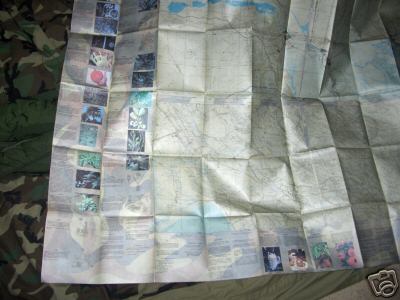
 0
0 -
As issued to US forces. Printed on waxy, waterproof paper
Contains valuable e&e information on edible plants, celestrial navigation, first aid, climate and terrain, evasion movement, map and compass use, water procurment and ground to air codes.
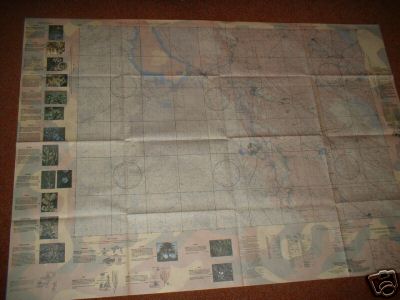
 0
0 -
Saw this thought it might be of interest?

SILK RAF MAP OF BAGHDAD & BASRA IRAQ
a 1951 silk RAF map published by the War Office in 1942 of BAGHDAD and BASRA in good condition.
It has Baghdad on one side and Basra on the other side both at Scale 1:1,000,000.
The maps are printed with red, blue and black ink, with relief details in brown.
The entire piece is approx 28” by 25”.
'Published by War Office, 1942. Eighth edition GSGS 1951.'
I've just looked at the Baghdad side and noticed some of the dates are slightly different : 'Reprinted from Fourth Edition, MDR 1/1361, 1944. Reproduced by Ordnance Survey, 1951.' and 'Published by War Office, 1928. Fifth edition GSGS 1944.' and below this in red it says 'Isogonals revised to 1953.'

 0
0 -
Saw this thought it might be of interest?

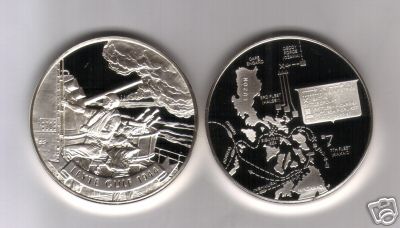
 0
0 -
Hi Guys,
I just finished reading Buzzell`s book about his time during the Iraq war during 2004, a very good read if you haven`t read it. Anyway at the end of the book he says how all his unit where awarded the ARCOM Army Commendation Medal, regardless of what they`d done in Iraq, they all got it, and that it " Was a bottom of the totem pole and doesn`t mean sh~#" (p396). I was wondering how often does this happen for a whole unit to be awarded the medal. What does the average Joe have to do to get it, and how come they gave it to everyone. Is Buzzell just bitter and twisted, or is this award really held in such low regard? Has it ever been awarded to any British Soldiers, for service in Iraq, like the Bronze Star has? If so what did they do to get it? He also makes referance to the issue of CIB & CMB, claiming that one of the young medics had an ND, treated the guy that he shot, and was thus awarded the CMB. Again whats the score here, Buzzell all bent out of shape or is this a genuine and regular thing? Finally he also states that more guys got the Purple Heart for being wounded by schrapel from mortars on the way to the Chow Hall, then they ever did out in the field, anyone like to pass comment on this or anything else he says? Anyway if you haven`t read his book its well worth the effort.
antiwar
0 -
Interesting is it usual to number these medals but not name them?
0 -
Cheers Guys, well that answers that one for me. I was thinking about this thread after, I`d posted it. I have somewhere one I was given by some American Sgt Maj in Sarajevo in about 1996, I`ll see if I can dig it out. If I can find it I`ll scan it and post it on this thread. I remember all the guys throwing them on the bar and getting very drunk, funny how you forget things isn`t it, only to remeber then years later!! Anyway Someone might recognise the unit, and be able to tell us some war story or other about them
 . Thanks again guys0
. Thanks again guys0 -
John, I think the guy might kinda need them?
 But the ring went for ?60!!!! Gordon.
But the ring went for ?60!!!! Gordon. 

 0
0 -
Hi Guys,
Can anyone tell me what a Challange Coin is for?
BJOW

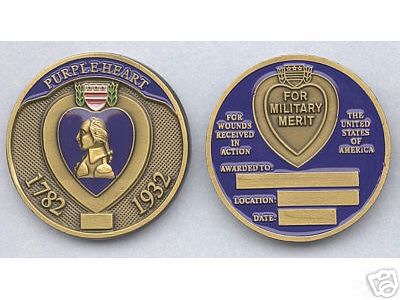


 0
0 -
Hi Guys, I`m hoping you`ll be able to help me out. I`m trying to get hold of modern uniforms, badges, etc, well anything really relating to the 2nd Btn of the 127th Infantry Regiment. Can you help me out, or suggest anywhere that might be able to help. Of greatest would be Op Iraqi Freedom period.
Kind regards,
Gordon.



 0
0 -
Hello BJOW,
If your recipient entered service in August 1944, he easily could have been trained and deployed in time for the Battle of the Bulge. Always nice to have a named decoration. Jack
Hi Jack, I`m hoping that this could be the case. I have been able to find this information out about him, but thats all, so far.
Robert L. Muckel (Army serial number: 33876554) enlisted on 7 Aug 1944. He was born in 1926 and was from Lancaster County, Pennsylvania.

 0
0 -
Hi Guys,
I have a Bronze Star, named to a guy who joined the Army in August 1944. Can anyone tell me how long it would have taken to train him and deploy him to the front?
BJOW.
0 -
This is the caption under the picture.........
The Russian Chicks with a Tank!
This great picture is a donation from Ivan Borisovich Karkotsky (aka Bill Gibbs) from the 193rd Streltskova Diviziya, RKKA. Comrades Sarah and Mia obviously like their T-34. [The picture of the reenactors was taken during a "Living History" event at the Virginia Museum of Military Vehicles. Thank you very much Bill!]
0 -
Hi Rick,
Not sure which group this young lady is from, I happened across her picture on this website,
http://www.jagdtiger.de/index2.htm
whilst trying to find info out about the jadgtiger. I`d like to think that all the females in this group are little mixies, but fear that she is unique. But lets face it what better PR, to get the recruits in!!!!!
0 -
Saw this thought it might be of interest. *** Please note, not my fingers!!!****
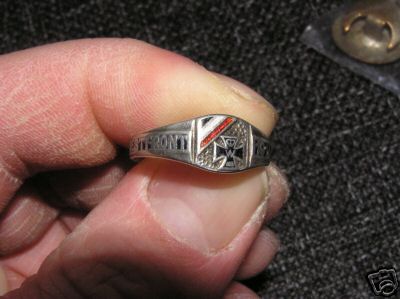
 0
0 -
Think I`d rather be carrying 20 or so of these!!!!!!!
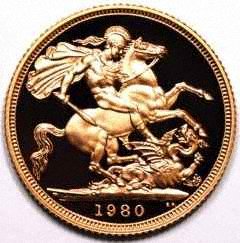
 0
0




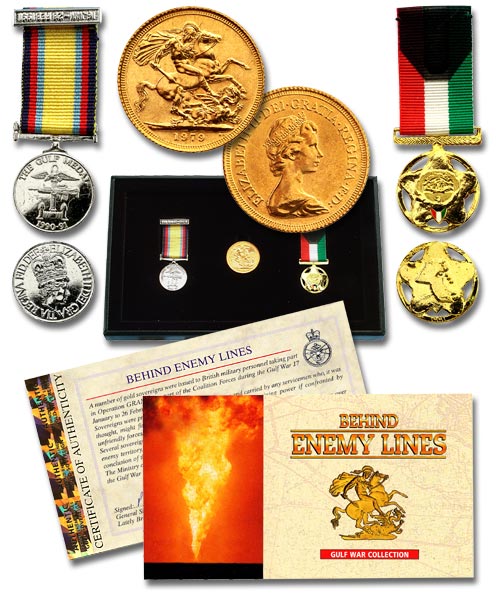
NAZI COINS
in Coins & Commemorative Medallions
Posted
Nazi Gold
Soon after the out break of the war the German national gold reserves, already substantially increased by the acquisition of Austrian gold holdings following the Auchluss, were significantly augmented by forcible acquisitions from abroad. The Nazi’s took $2,596,608 of gold from the gold reserves of the Czech National Bank and ?32,200,000 from the National Bank of Hungary. They looted part of the gold reserves of Albania, Holland the USSR and other countries overrun of the victorious Wehrmacht, and after the conquest of France they stole $225,900,000 worth of gold, comprising part of the Belgian national gold reserves, which was deposited in the Banque de France for safekeeping, by the Belgian government. The Belgian gold was taken to the Reichsbank in Berlin and resmelted. Each bar was stamped with the letters RB for Reichsbank, the German eagle, the retrospective date 1938, and its weight to three points of the decimal.
Later, when the Germans were forced to withdraw from Southern Italy in the face of the advancing Anglo-American forces, they took with them $100,000,000 in Italian gold, which also ended up in the Reichsbank`s reserves.
At the height of the Nazi conquest of Europe the gold reserves held by the Reichsbank were estimated to total as much as $772,636,253. By today’s values the equivalent of $6,490,144,525 much of it looted from subject nations of Europe.
Following US air raids on Berlin in early Feb 1945, over $200,000,000 worth of gold reserves, were moved from Berlin, to the Kaiseroda Mine. Weighing around 100 tons, it needed 13 railway flat cars to transport it and took 72 hours to unload and transfer them to twenty 10 ton trucks.
Gold in the Kaiseroda mine
8,527 gold bars, valued at $112,000,000. Minted gold coins, valued at $126,000,000, included a million Swiss Francs, a billion French Francs and 711 bags of US $20 gold pieces.
250 tons of gold in total.
Reichsbank in Berlin, liberated by the Russians.
90 gold bars worth $1,278,000 and over four and a half million gold coins (dollars, sovereigns, guilders & Francs) worth $,156,625
P31 & P51 Nazi Gold by Ian and Douglas Botting.
Some gold also unexpectedly turned up in the former German embassy in Madrid Spain, in May 1945. Estimated at one ton, with a value of $1,250,000. It consisted entirely of gold coins, mostly British gold sovereigns. It was flown by plane back to Frankfurt in 1946.
P112 Hitler’s Gold by Arthur L Smith.